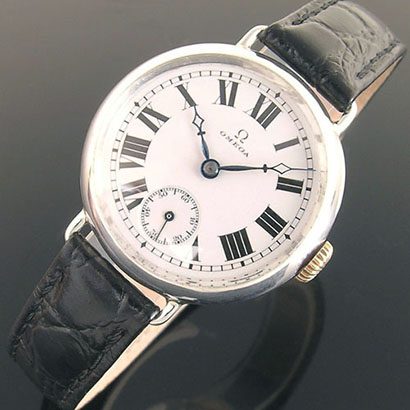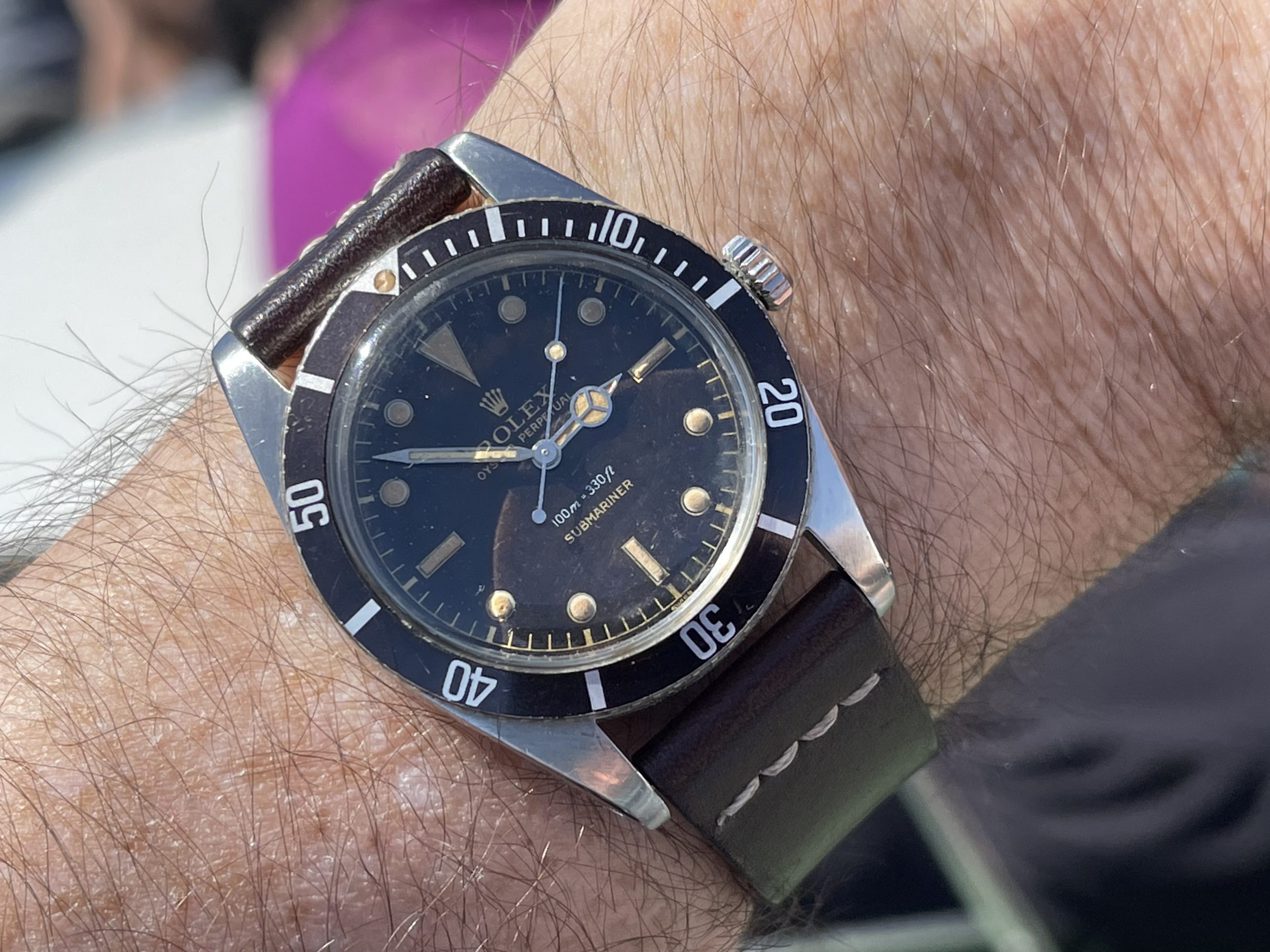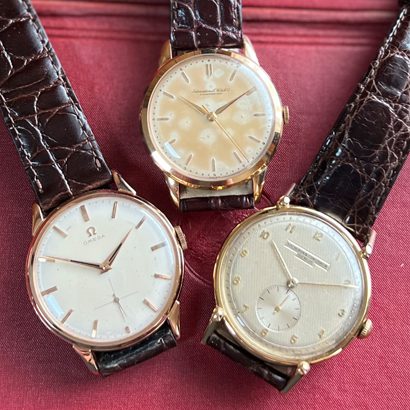OUR FAVOURITE VINTAGE
ART DECO WATCHES
Art Deco marked the exuberant arrival of the modern era. First appearing in France in the 1910s, the movement lasted until the Second World War. Its reach was all-encompassing. Art deco style adorned everything from skyscrapers to personal items such as watches and jewellery.
Here, we will examine the roots of Art Deco and its lasting influence on watch design and, along the way, we pick out our favourite Art Deco Vintage watches.
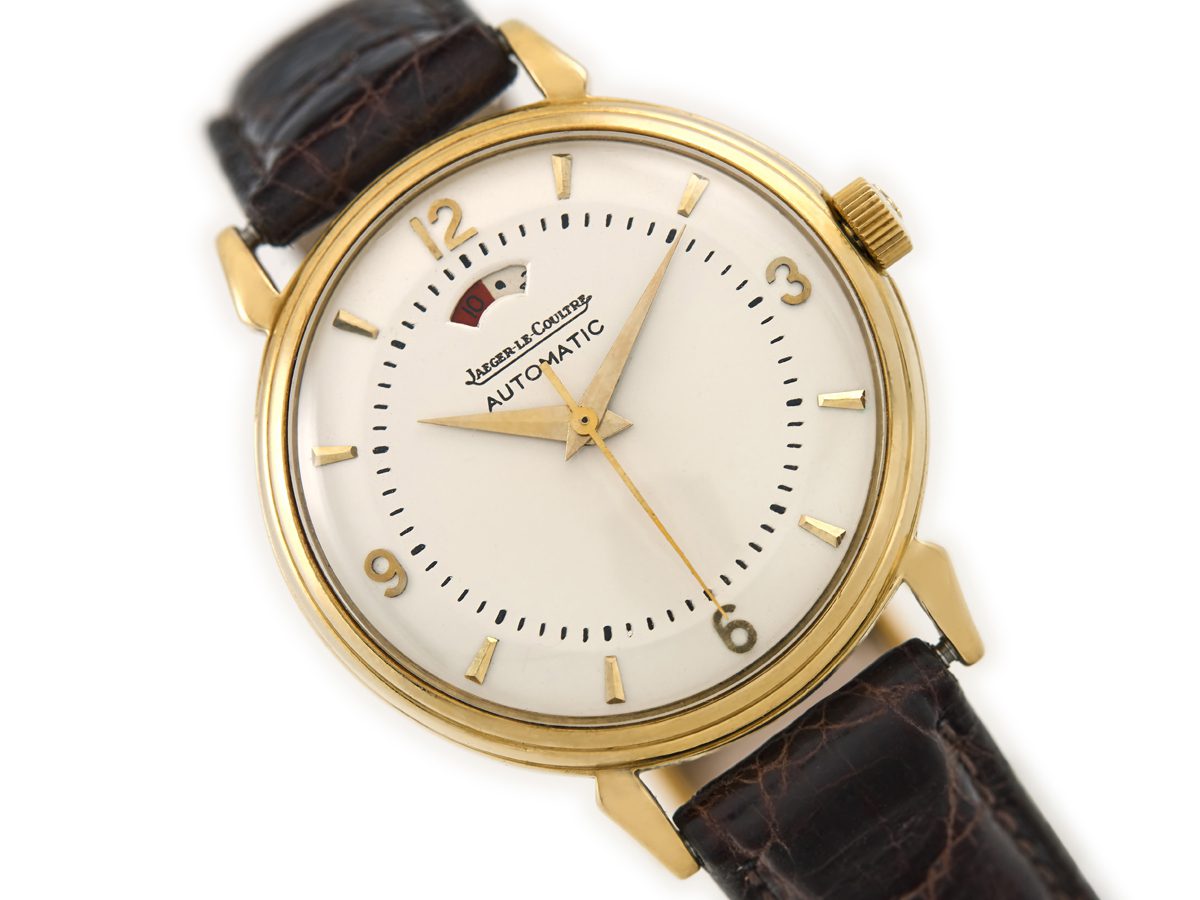
The Birth of Art Deco
Art Deco is short for Arts Décoratifs. The name first emerged during the 1925 Exposition Internationale des Arts Décoratifs et Industriels Modernes in Paris. Art Deco offered an updated form of the opulence seen in 18th-century France.
Influence from Cubism led to the use of rectilinear geometry, layered shapes, and intricate line art. Rare and expensive materials were used, and as the world began to open up to travel, the art of the Middle and Far East was Westernised and showcased. As the 1920s moved into the 1930s, the style softened, introducing more aerodynamic forms in what was known as Streamline Moderne.
Interestingly, the term Art Deco was used with hindsight more than it was at the time. It appeared in print for the first time in 1966 when the Museum of Decorative Arts in Paris held a retrospective exhibition entitled ‘Les Années 25: Art Déco, Bauhaus, Stijl, Esprit Nouveau,’
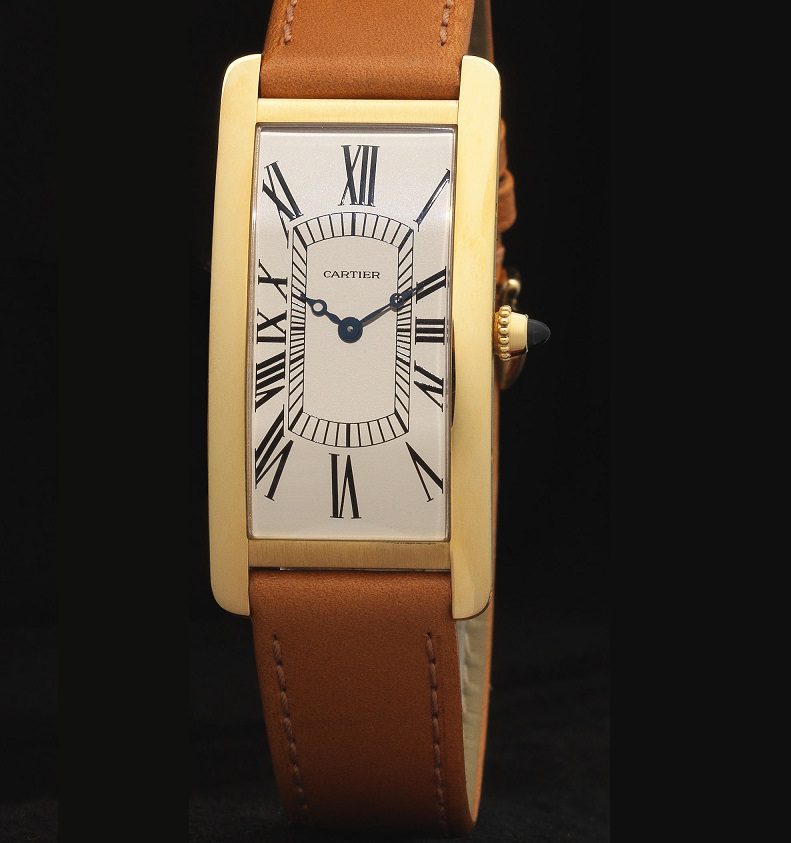
It’s Hip to Be Square
Being a design house as much as a jeweller and watchmaker, Cartier was at the forefront of each new artistic movement. Perhaps the ultimate expression of an Art Deco watch is to be found in the Cartier Tank.
Origin stories that link the watch to the plan view of the WWI Renault Tank seen at the same time as the watch’s launch captured the imagination and raised awareness, but seen against the broader cultural landscape, this is pure Cubism. Especially when you consider that the original Tank’s dial was a square, not the more commonly seen rectangle.

Lines and Angles of Art Deco Watches
The launch of the Cartier Tank coincided with a wave of rectangular watches that followed the lines prescribed by Art Deco. Ironically, these Art Deco-inspired watches are often called ‘Tanks’ in the watch collecting vernacular, even though the first Tank was square. Art Deco watch design can be seen in the Rolex Rolco which embodies the spirit of the age, with the geometric being carried onto the dial.
The quintessentially rectangular Art Deco vintage watch has to be the Jaeger-LeCoultre Reverso. First patented in 1931 and created in stainless steel, a typically Art Deco material, the design has been tweaked throughout the years but always comes back to its Art Deco-inspired origins. The swivelling case was seen as a technological novelty, and the three lines above and below the dial provide symmetry and geometric interest.
Stacking shapes was a way of bringing geometry from a two-dimensional art into a three-dimensional form. This can be seen in both case shapes, as demonstrated by this Rolex Precision and by using stepped lugs like those found on this Longines Cal.23M. The repeated, tapering steps are reminiscent of the curves at the top of the Chrysler Building in New York, that temple to Art Deco design.

Bringing the Decoration to Art Deco
During the early 20th century, tariffs on watches imported into the United States were high. To combat this, watches were shipped as movements and dials only, with the cases being manufactured and fitted locally.
At this time, North America had a thriving domestic watch manufacturing business. This meant that watches sold in the US had a distinctive style to the case, which was far more flamboyant than European designs. Bands of engraving often inlaid with black enamel or lacquer, were added to the bezel, case sides, or lugs. Repeated geometric designs taken from Greek or Egyptian were commonly seen on watches from Bulova, Gruen, Elgin, and others.

Curvilinear Cases
Although lines and angles were most commonly associated with vintage Art Deco watches, the later years saw more sinuous forms emerging. In Europe, this was exemplified by the work of Rene Lalique with various glass products, from vases to car hood ornaments.
In the US, the work of Count Alexis de Sakhnoffsky took this aerodynamic design to encompass the entire car, with his sweeping designs being used for trucks, trains, and buildings. This curvaceous trend found its way onto wrists, Cartier naturally leading the way with their Cintrée and Tonneau models.
Produced in 1906, the Tonneau pre-dates Art Deco making it the second-oldest Cartier watch design after the Santos. While it shares the flowing lines commonly found in Art Nouveau, the Tonneau was perfectly placed for a revival 25 years later.
The curves found in Art Deco watch cases are of two main types: The curve can follow the length of the case, allowing the watch to wrap around the wearer’s wrist. Watches like the Cartier Cintrée achieve this by using a small movement that fits into the curve’s top.
Gruen adopted a different approach with their Curvex model, designing a curved movement to follow the case, allowing the components to be larger and more robust. Watches like this Patek Phillipe with ‘Tiffany’ signed dial solve the problem using a curved top case and a flatter case back, allowing a better fit for the movement.
More commonly used and easier to achieve is the tonneau case shape. Here, the case sides provide the curve, ‘tonneau’ being French for barrel. This Rolex Oyster has a tonneau case shape and includes several other Art Deco design cues like the step down to the short tapering lugs and the minimalist, geometric ‘sector’ dial.
Curvaceous cases were paired with shapely dial numerals, with numbers seeming to ‘explode’ to fill the case area. These sinuous designs were produced by brands as diverse as Patek Philippe and Tissot, Longines and Hamilton, demonstrating a popular and pervasive trend.
The Original and Best Vintage Art Deco Watches
Watchhouses are constantly recycling their most loved models into new releases. The strength of the Art Deco movement and its influence on watchmaking design can be seen in new watches as much as in the vintage Art Deco watches that we have explored in this article.
However, nothing beats the original and best Art Deco watches born out of the Art Deco era. At Vintage Gold Watches we specialise in some of the vintage watch brands at the forefront of the Art Deco watch movement, including Jaeger-LeCoultre, Rolex, Longines and Patek Philippe. Our large collection of vintage watches allows collectors to access and enjoy the original expressions of this crucial design movement rather than modern reproductions.
To see some fine examples of vintage Art Deco watches explore our wide collection. And don’t forget to sign up for our regular newsletter to receive vintage watch news and be the first to see our new stock as it arrives.



